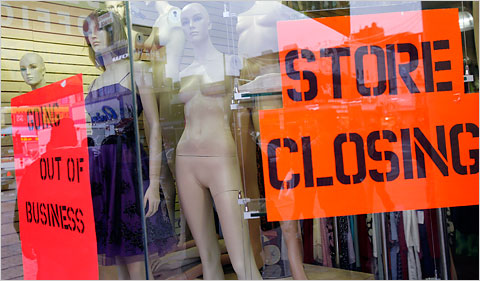A few weeks ago the New York Times ran a piece about near-record vacancy rates at shopping malls around the country:
“Malls, over the last 50 years, have gone from the community center in some cities to a relic of the way people once wanted to shop. While malls have faced problems in the past, the Internet is now pulling even more sales away from them.”
A lifetime ago in internet time (~15 years ago in actual calendar time) I ran several product lines for outdoor retailer Patagonia and also led the creation of the company’s first online retail presence. Even then — in the earliest days of e-commerce — I remember lively discussions about the need for location-based retail to reconsider its reason for being.
Once upon a time, retail stores served as valued curators, merchandisers and local points of distribution for national brands.
Slowly at first, and now in bigger and more decisive bites, each of those roles is being replaced by digital intermediaries:
- Online megastores like Amazon.com deliver more assortment and convenience than any local store can possibly match;
- Curation platforms like Pinterest, Polyvore and Fab.com make product discovery effortless and fun (especially for iPad owners); and
- Peer-to-peer commerce platforms like Etsy, Storenvy and Shopify have enabled an explosion of “indie” shopping experiences that even the most artful local boutiques struggle to match.
- Subscription Commerce — Like BeachMint, BirchBox or ShoeDazzle do for online sales, organize groups of local shoppers around tightly-defined lifestyle + merchandise segments, and offer them an ongoing stream of benefits that make them feel like members in a club.
- Group Buying — Give the group a reason to stick together, and invite others, by delivering more value to them as a unit than they would receive as individual shoppers.
- Flash Sales — It doesn’t have to be the core of the value proposition, but artificial scarcity and time urgency are incredibly powerful intermittent reinforcement mechanisms to maintain engagement and keep response rates high.
- Curated Experiences — Remember, it’s not just about stuff. As with flash sales, members will show up more often for one-off “exclusive” experiences — all pivoting around your selected lifestyle theme(s) — that take them out of their ordinary lives and make them feel special.

